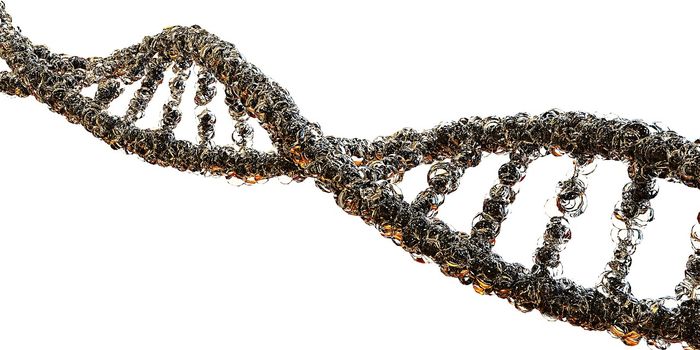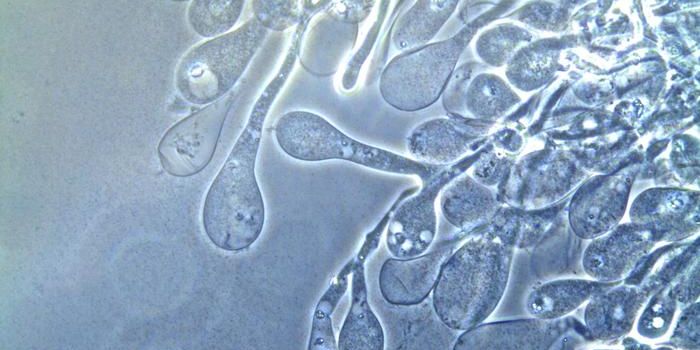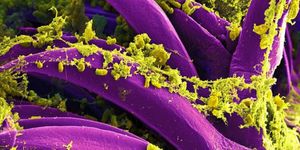A Purr-fect Domestic Cat Genome
There are thought to be more than 94 million cats in the US alone. Researchers have now improved the reference genome sequence for the domestic cat (Felis catus), which may help improve their care. Just like people, pets including cats have plenty of physical ailments that range from very common to extremely rare. Now there is a genomic sequence that represents these millions of animals and their physiology, and hopefully, the new data will provide some insight into cat genes that are linked to cat disease.
This work used long sequence reads to create the reference sequence, and the scientists obtained whole-genome sequences from 54 domestic cats to compare them to this reference. This revealed some places where there is variation in the sequence. Some of these variants are harmless, while others can be deleterious. Variations could range from single bases of the genomic sequence: single nucleotide variants (SNVs) or bigger structural variations (SVs) that impact the three-dimensional shape of the genome.
There were sixteen SNVs that were predicted to have a negative impact on health and are good candidate genes for disease-causing mutations. One of these SNVs disrupted a gene called FBXW7, which encodes for a tumor-suppressing protein. Cats with this variant are more likely to get cancer because the tumor-suppression function is disrupted. The scientists also found a previously unknown structural genetic error linked to dwarfism in cats. This error could yield some insight into human dwarfism.
The findings have been reported in PLOS Genetics by investigators at the University of Missouri and Texas A&M University.
This new, high-quality cat genome was developed using material from an Abyssinian cat named Cinnamon. The cat genomes used for comparison were available from the 99 Lives Cat Genome Project.
The researchers are hopeful that this study will improve cat medicine, and that veterinarians will use it to make more informed diagnosis or treatment decisions. It may also help scientists understand cat domestication and how breeds developed.
Sources: AAAS/Eurekalert! via PLOS, PLOS Genetics









